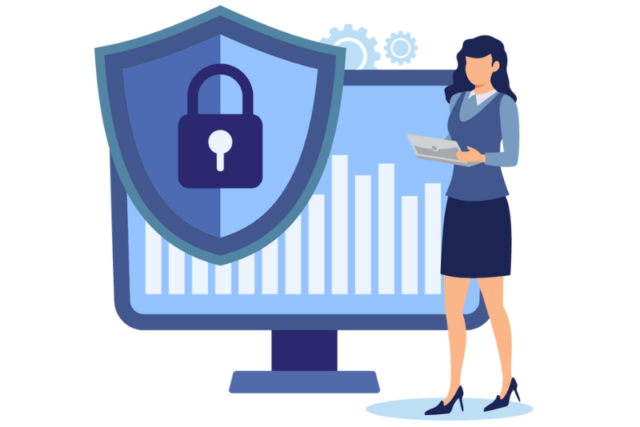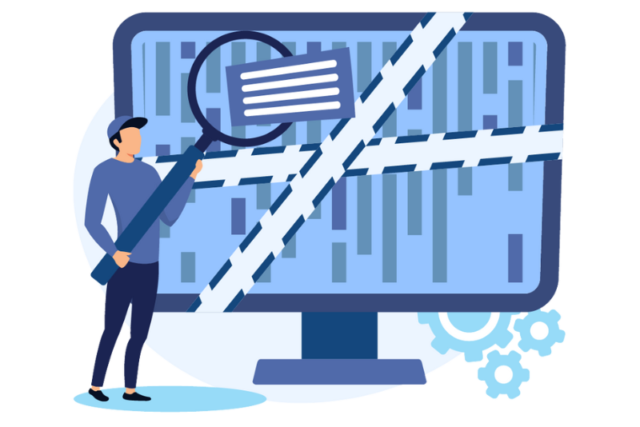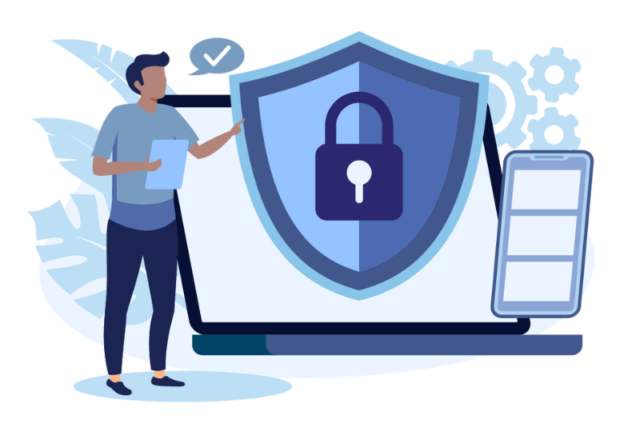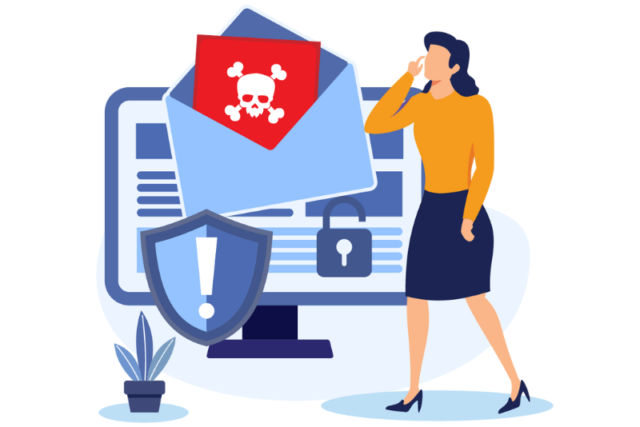Fraud Tips & Advice
When banking online, it is important to protect yourself. The internet offers the potential for safe, convenient new ways to conduct your banking business anytime, anywhere. Safe banking online involves making good choices that will help you avoid costly surprises or scams. Here are a few tips to protect your personal information.
- Create a password that is easy for you to remember, but that would be hard for someone to guess. Our system will allow you to create a password with up to 16 characters and must include a minimum of two numbers.
- Never share your access ID or password information with anyone. First Federal Bank will never call or email you requesting personal information including your Online Banking password. There is no reason for anyone else to know your password.
- Change your passwords often. We recommend that you change your password every 60 to 90 days.
- Install reputable antivirus software on the computer that is used to access your financial information.
- Only access your online banking from a trustworthy computer. Shared computers located in airports, cafes, libraries and hotels may be exposed to malicious software or viruses that may log your key strokes or steal your password.
- Register to receive Online Banking alerts. These alerts can help you determine if fraud has occurred on your account.
- Sign up to receive your statements online. Stopping your paper statements will reduce the likelihood of mail fraud.
- Monitor your bank accounts and check for suspicious activity for debits, credits and new bill payees that you do not recognize.
- Don’t open emails, attachments or links from an unknown source.
- Take advantage of any security settings on your mobile device.
- Do not store personal or account information on your mobile device.
If you are worried that you may be a victim of fraud, it is important that you let us know immediately.
Contact us if you suspect your Online Banking access ID or password, credit card or debit card, or personal information such as your Social Security Number or account number have been compromised.
Report by Phone:
Calling us is your first line of defense for protecting yourself. In addition to any other fraud, you can also call us if there has been an electronic funds transfer from your account made without your permission. |
Report by Email:Email firstfederal@ffbla.bank and include your name and phone number so that we may contact you. You may also chat online with a live representative during regular business hours using the Secure Online Chat located within Online Banking. |
Report by Mail:You may write to us at First Federal Bank of Louisiana, PO Drawer 1667, Lake Charles LA 70602-1667. Include your name and account number and explain why you believe your information has been compromised. |
Notify Local Police |
Notify Credit Bureaus |
|
| It is important that you notify your local police department to file a report. Request a copy of the report or report number for your records. You may also have to include this with any affidavits. | If you believe you have been a victim of identity theft, it is highly recommended that you contact the three national consumer reporting agencies (below). Each agency can place a fraud alert on your credit report. |
Equifax |
Experian |
Transunion |
| (800) 525-6285 | (888) 397-3742 | (800) 680-7289 |
Learn About ID Theft for Business Learn About Preventing ID Theft




